
The demand for the coveted spaces at the 9 University of California has grown over the years, especially since many California students are preferring to stay in state thanks to the uncertainty around the pandemic. The acceptance rate for UCLA and UC Berkeley was 17% last year. The entire UC system received almost 250,000 applications in 2020.
While the UCs have been turning away plenty of qualified California residents – those whose parents are state taxpayers – they realized that they needed to do something to accommodate more students. By 2030, the University of California will add 20,000 students to their 9 campuses. As they should!

The demand for the coveted spaces at the 9 University of California has grown over the years, especially since many California students are preferring to stay in state thanks to the uncertainty around the pandemic. The acceptance rate for UCLA and UC Berkeley was 17% last year. The entire UC system received almost 250,000 applications in 2020.
While the UCs have been turning away plenty of qualified California residents – those whose parents are state taxpayers – they realized that they needed to do something to accommodate more students. By 2030, the University of California will add 20,000 students to their 9 campuses. As they should!

Come hear our brilliant and innovative speakers share their ideas worth spreading at our COUNTDOWN hosted by TEDxMeritAcademy. This year we’re focusing on climate crisis and healthcare solutions.
Rio Theatre
Santa Cruz, CA
Sunday, Nov 7th
1:00-3:00 pm
Get your tickets at tedxmeritacademy.com/tickets

Smart Wrapping Paper:
Did you know that wrapping paper is a $2.6 billion dollar industry? With Christmas, Hanukkah, and Kwanzaa around the corner, millions of pounds of paper will be used to wrap gifts just once and then be piled up in trash cans that line every street around the world. Wasteful! I didn’t realize how much this bothered me until I had a dream about it. When I woke up, I knew exactly what I needed to do. This was kind of like my Eco-Xmas tree dream. So here’s what I did:
I drove over to Fabrics R Us (a fabric shop) in San Jose to buy 20 yards of red and green satin (about $4/yard). Then I went to the Dollar Tree to buy 100 hair ties and scrunchies. I added a few curtain rods to my Wrapping Room to hang all of the satin squares that I had cut in various sizes. And voilà! I was all set for a paperless Christmas.
Wrapping gifts was a breeze! I just grabbed a satin square and placed the gift item right in the center of it. Then, I pulled all of the fabric up around the gift and tied it off – just like a girl’s pony tail. With the extra fabric, I would pull it through another loop of the hair tie creating a beautiful “bow.” It took just 5 seconds to wrap! No cutting wrapping paper, folding edges, taping ends, or adding ribbons.
The best part, after gifts were opened, we collected all of the satin sheets and then tossed them over the curtain rod so we can reuse them for the next holiday season. We also put all of the hair ties in a Xmas box to be reused again.




Smart Gift Tags:
Rather than buy gift tags for all of your holidays gifts, make them with your holiday cards from the previous year. Yup!
I love all of the beautiful, funny, and clever cards that we receive every year. Instead of throwing them out and contributing to the 25 million tons of additional garbage that end up at our landfills every December, I reuse them as gift tags the following year.
I save the front of the card and recycle the back part that has writing on it. During the next holiday season, I punch a hole in the card, pull a hair tie through the hole, and attach it to the satin-covered gift. Then I write the receiver’s name on the tag.
Each gift tag is unique and exquisite! The best part — we don’t cut down any trees, reduce waste at the landfills, and we don’t spend a penny on gift tags! It’s a win for us AND the planet!





Spent the day mesmerized by moving brush strokes of Vincent Van Gogh’s paintings in the “Beyond Van Gogh” exhibit. So different from paintings in a museum, this display was projected on walls and floors with music that made me waltz around the room as I took in the bigger-than-life images. Fascinated by Vincent’s tumultuous relationship with his brother that inspired him to paint thick strokes with his palette knife, I enjoyed reading about Van Gogh’s life before I entered the exhibit.
Wish they played “Vincent Van Gogh – Starry Night” by Don McLean when “Starry Night” was projected on all of the walls and floors. So Nicole shared her ear buds with me and we both listened to it as we experienced this incredible 360-degree display.
Thank you to Nicole for treating me to this mind-blowing Vincent Van Gogh immersive digital art show.










Living in a tinderbox in one of the most beautiful places on earth causes one to wonder if I’m crazy for living on 2-acres at the base of the Santa Cruz Mountains. Rather than run (to where?), I’ve made it my mission to make my neighborhood of almost 200 homes more fire safe by organizing and applying to become a Firewise USA recognized community.
I hosted a well-attended event with over 15 speakers to discuss clever and innovative ways that we can mitigate wildfire. Supervisor Manu Koenig spoke about what he’s doing to improve our roads and support Firewise neighbors. Central Fire Deputy Marshal Marco Mack discussed his proposal to get reflective address and road signs up so EMS and firefighters can find us and why everyone should sign up for CODE-Red, and Tony Akin, Central Fire, shared tips on home hardening, evacuation, and sheltering in place.
Then we had experts talk about using ham and MURS radio communication when our power goes out. Others talked about CERT, Go Bags, and limbing up and trimming trees. Having these enthusiastic members of nonprofit organizations sharing their tips and encouraging our neighbors to get involved created a powerful message: We can do something to reduce our fire risk.
My community wanted to know about fire-retardant paint and other products so I invited vendors to talk about the best vents (Vulcan Vents), paints (Firefree), services (Safer Building Solutions), and fire insurance and Wildfire Defense Systems (State Farm). Guests talked to these vendors about their individual concerns for hours after the event.
I invited 2 of my students to share their solutions for keeping their homes safe. Arul Mathur introduced F.A.C.E. (Fire Activated Canister Extinguisher) and Anush Anand discussed how vinyl gutters and siding are flammable.
Check out the video to learn more.

One of the advantages of being a private college advisor in Santa Cruz is that I can give incoming UCSC students the royal tour – and introduce my clients to one another! With online classes last year, students never stepped foot on campus so I had 1 junior, 2 sophomores, and 1 frosh who didn’t know anyone. After move-in day, I picked them up and we checked out everyone’s dorms and condos. It’s fun to see what the other residential colleges look like so they can begin to get a feel for the college themes.
I treated them to a UCSC favorite: Kianti’s for yummy pasta. After lunch, we drove along West Cliff Drive to see Steamer’s Lane, Seal rock, and Natural Bridges, of course! On the way back up to UCSC, we stopped by Ferrell’s Donuts to get donuts to enjoy later with their roommates – we were too stuffed to eat them. I tried to entice them to try Santa Cruz’s Marianne’s ice cream – maybe next time we’ll start with dessert!
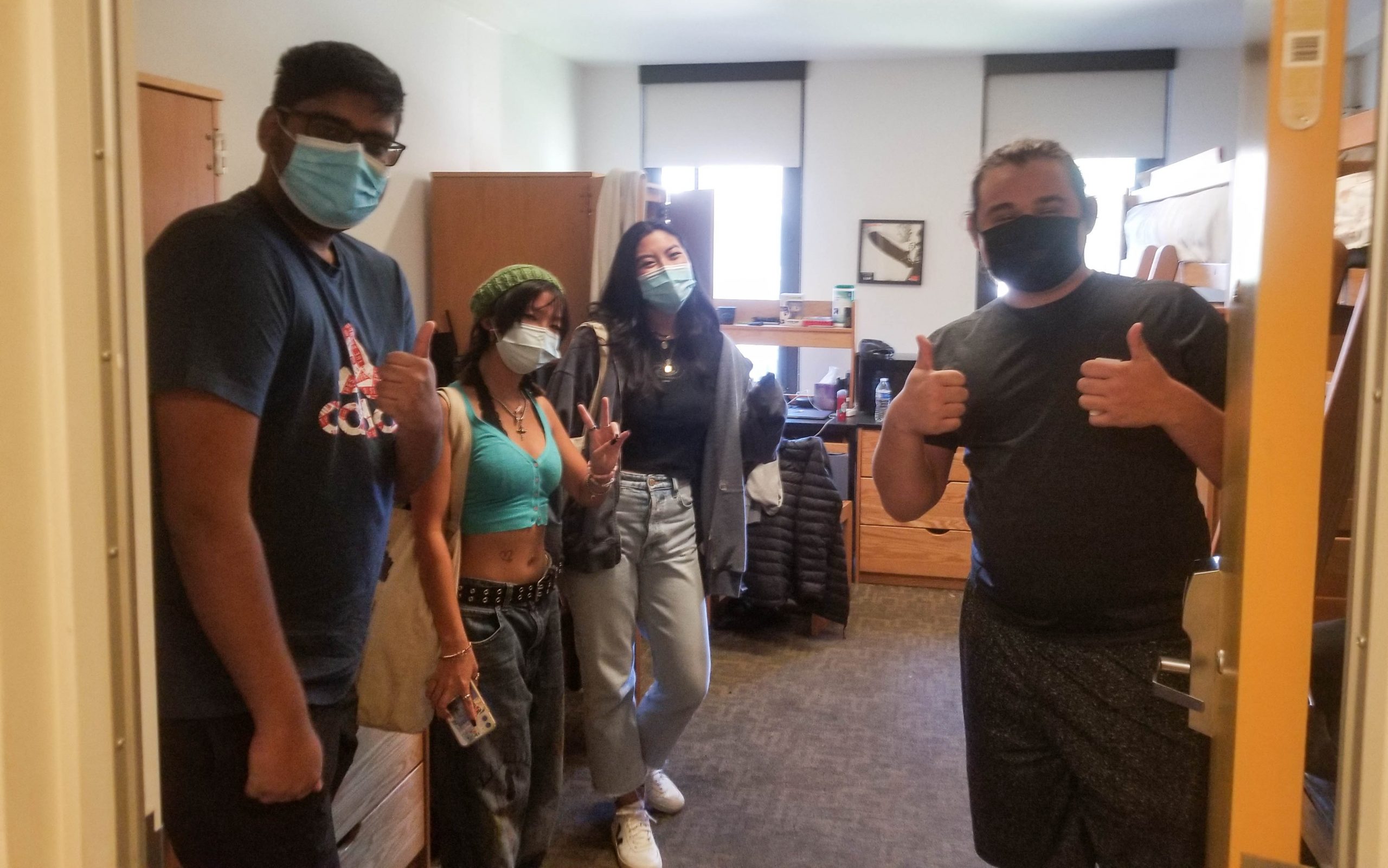
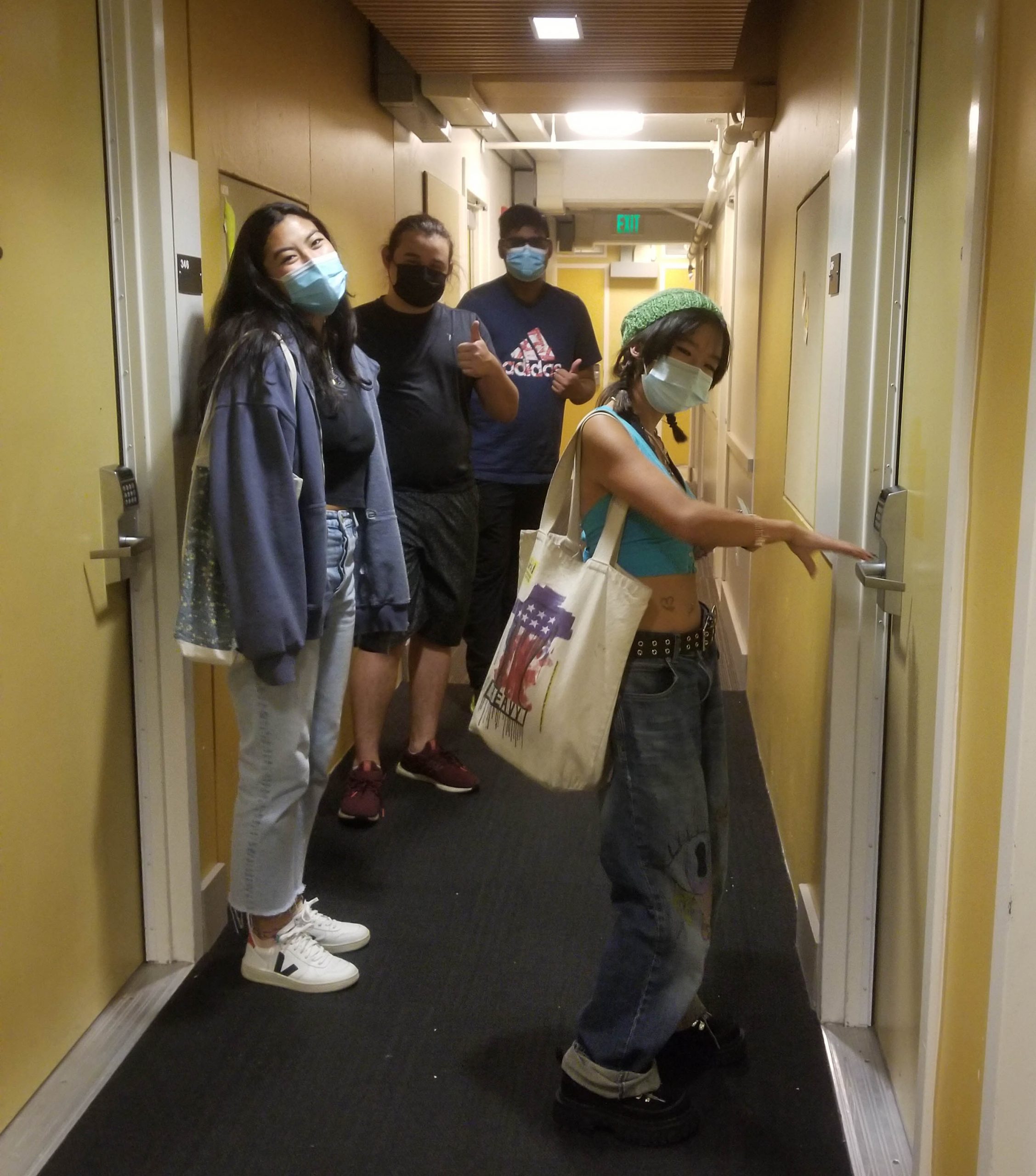
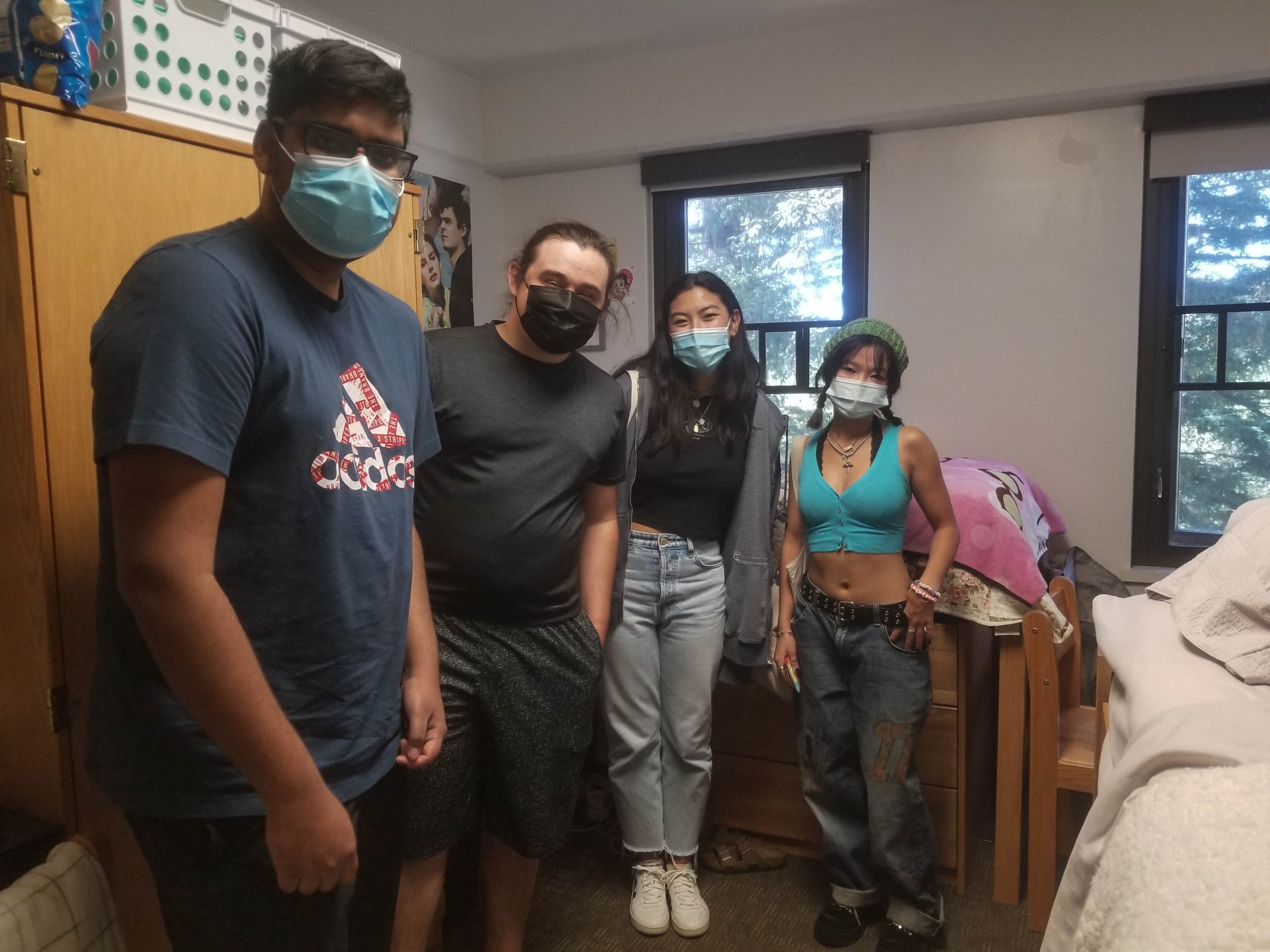
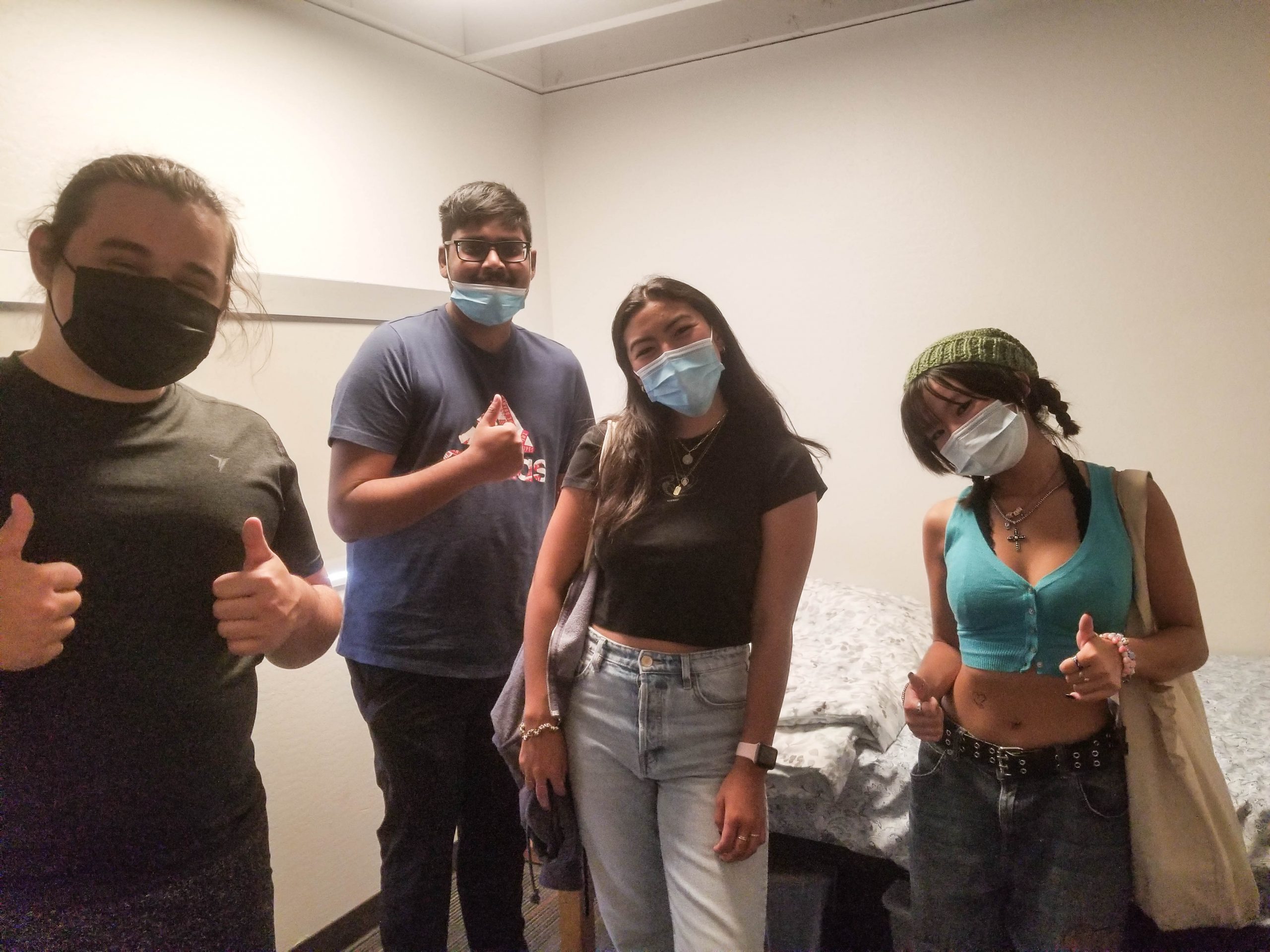
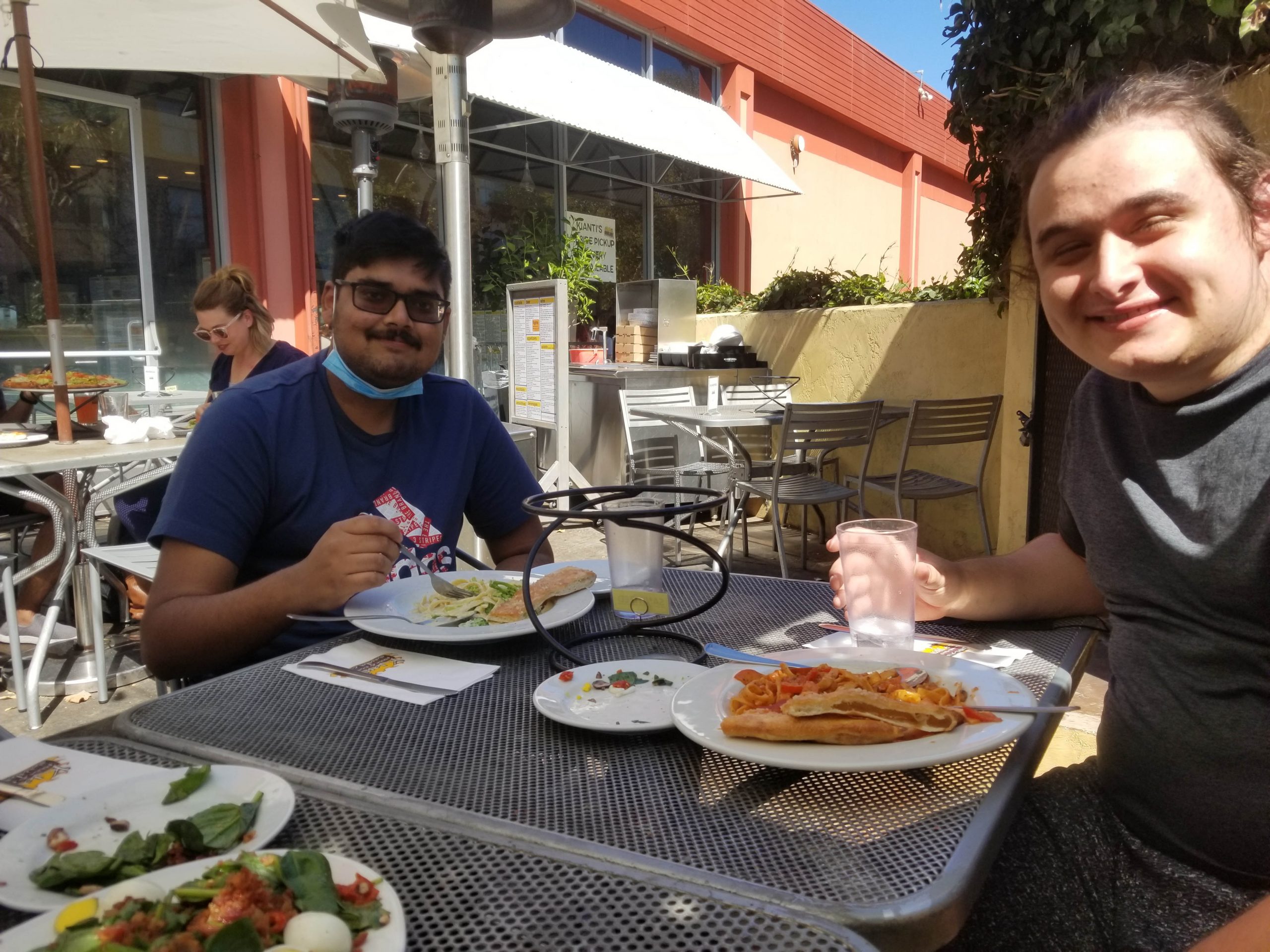

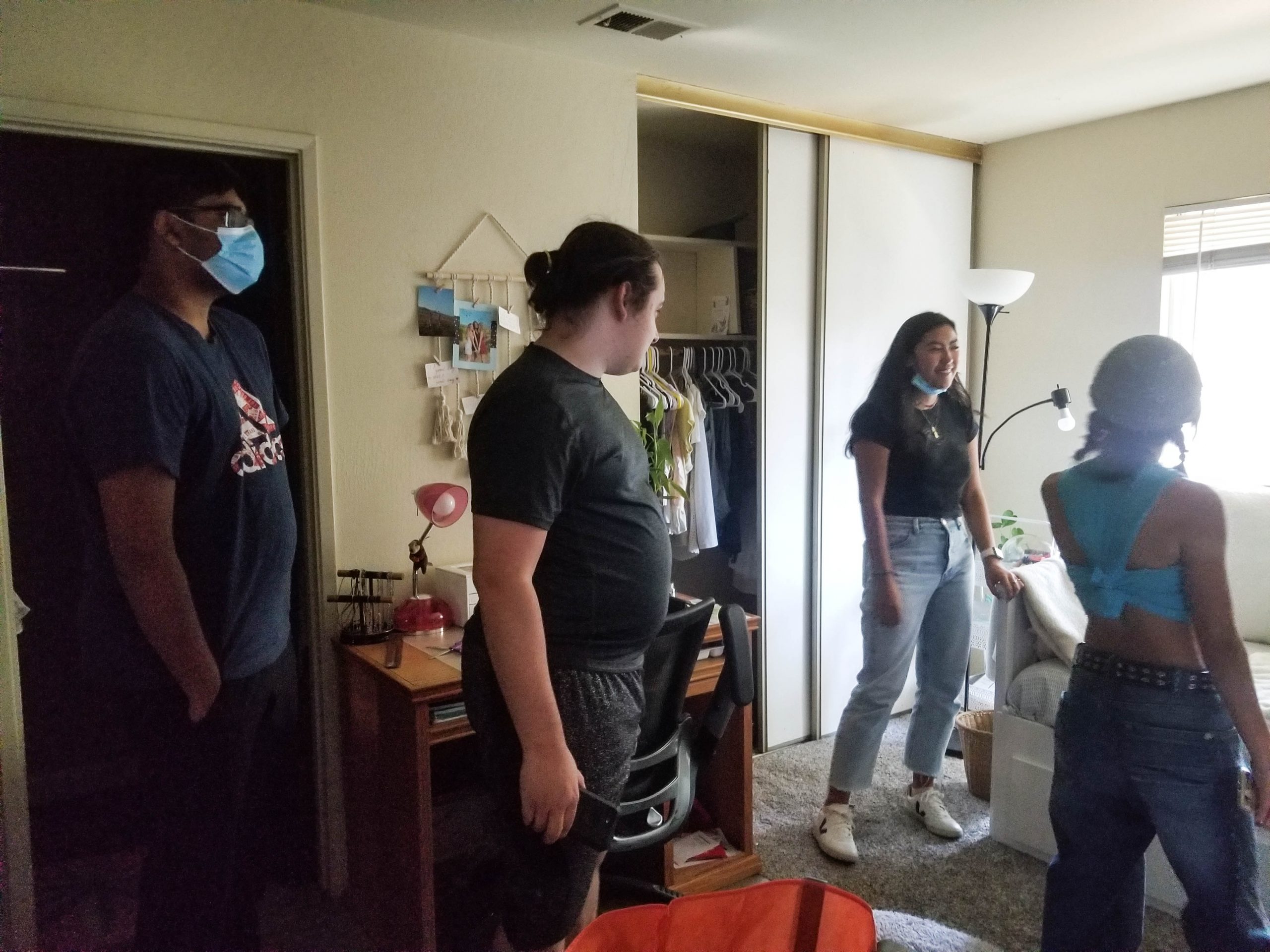

Ever since my girls were toddlers, they loved to dance. They took dance lessons, competed in regional and national competitions with No Limits, and performed in Merit Academy’s summer musical productions. When they went to college, Nicole danced with the Stanford Dollies, Urban Styles, and Jam Pac’d; and Jaclyn danced with the 5C Dance Company, Monarch Dance Company, and Dance Design. They loved to dance and it helped shape who they are today. Here are some of my favorite memories.





























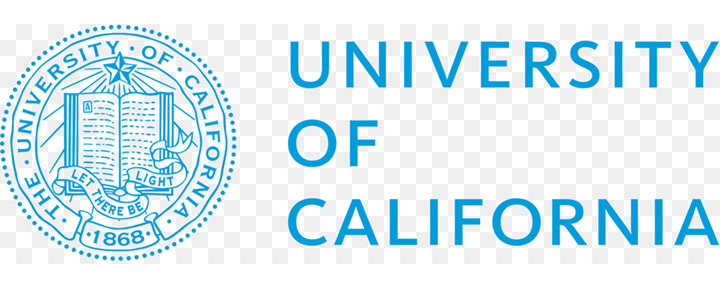
Students graduating from UC earn more than the median income for all California graduates within six years of earning their degree and, on average, double their earnings within ten years of graduation. Earnings potential is an important factor to consider in the college search and enrollment process. UC graduates earn about $43K at two years after graduation, $88K by ten years after graduation and $110K by sixteen years after graduation. Naturally this varies by industry, but even alumni working in fields like Fine Arts or the non-profit sector that tend to have lower compensation rates still exceed median nationwide salaries.
UC students from all income quintiles succeed in achieving incomes that surpass those of their parents, with over 90 percent of the lowest income students, and 50 to 70 percent of middle income students doing so. UC is an equalizer for students who come from the bottom 20 percent of income – that is, they go on to earn as much as students who came from middle-income families (reflecting the 3rd and 4th quintiles). Their earnings usually double within 10 years of graduation.
More than 73 percent of UC alumni live and work in California, the fifth largest economy in the world. UC is the state’s third largest employer, supplying one of every 45 jobs, and the university plays a critical role in bolstering California’s economy. Investing in a UC education benefits the state, as every $1 of state funding will generate or support over $21 in economic impact.
As students and families begin a new academic year, and engage in the search for college opportunities, the cost of attendance and availability of financial aid informs concerns about the value of a UC education. The new Tuition Stability Plan freezes tuition for students enrolling in fall 2022 for 6 years, making it easier for families to plan effectively. From the time of the students’ enrollment through graduation, families will not have to worry about unexpected tuition increases or hidden fees. UC offers one of the nations’ strongest financial aid programs, granting more than $4.8 billion dollars annually. Students graduate with almost $10,000 less debt on average when compared to national statistics. More than half (56%) have no student loan debt at graduation.
Finally, graduation and time-to-degree matter. Students and their families want to be assured that they can graduate in a timely manner. UC students have one of the highest overall graduation rates in the country. Freshmen take an average of 4.15 years to graduate with 86 percent graduating from UC in 6 years. The average time-to-degree for transfer students, once enrolled at UC, is 2.4 years, with 89 percent graduating within 4 years of entering.
The qualitative value of UC is a simple and powerful story to tell. We promote the excellence of a UC education with internationally recognized faculty including many Nobel Laureates, and winners of other prestigious awards: the Pulitzer Prizes, the Fields Medal, the National Medal of Science, and MacArthur Genius grants. We are proud of the diversity and vibrancy of our campus communities, the breadth and depth of opportunities for students in and beyond the classroom, and our commitment to the academic, personal, and professional development of our students. All these remain characteristic of our campuses and community; they are hallmarks of UC. But we shouldn’t forget the numbers. They also have a story to tell about the value of UC.

College-bound seniors are off to a busy season as they juggle their 12th-grade classes and between 7-20 college applications. This year looks different because colleges are still reeling from COVID challenges with SATs and ACTS, campuses tours, and interviews. Here are 6 tips to consider when organizing your college applications:
#1: Choose colleges based on the majors offered
Most students make the mistake of choosing colleges based on their rankings or locations. Instead, research the majors you’re considering and choose the colleges that have programs that align with your interests. Check out their required courses and electives. You’ll be surprised to see the difference in courses offered at different colleges.
#2: When to submit SAT/ACT scores if they’re “Test Optional”
Colleges know that students who are good test takers will find ways to take and submit the SAT or ACT. Some students travel hundreds of miles to take them. If your test scores are stronger than your GPA, submit them. If they’re weaker than your GPA, don’t submit them if test scores are optional. Some colleges are Test Blind, which means that they won’t consider test scores even if you submit them. The University of California (UCs) and California State University (CSUs) are test blind.
#3: How to write intriguing essays and personal statements
When reading essays, admissions officers hope to learn something about you isn’t included in the application. Tell stories that illustrate your personality and your passions. Don’t write about throwing that winning touchdown because thousands of other students will be writing similar stories. Instead tell them what makes you unique. Open with a hook that intrigues them so they’ll see what you’ll bring to their incoming class.
#4: How to ask for strong letters of recommendation
Teachers write hundreds of letters of recommendation every fall and most use a few templates to streamline the process. By organizing a comprehensive resume with photos listing your projects, volunteer work, employment, and extracurricular activities, you’re giving them the insight and incentive to write a descriptive and positive recommendation. Include a cover letter to thank them for something valuable they’ve taught you, tell them something unique about yourself (project, business, extracurriculars), and give them a glimpse into what you hope to study in college. Make time to establish a positive relationship with them.
#5: When to apply Early Decision, Early Action, and Regular Admission
While your odds of getting in are better if you apply Early Decision (ED) or Early Action (EA), only do so if your grades, SAT/ACT scores, and your projects are good. If you’re still trying to boost your GPA during the fall semester, apply regular decision so your extra weighted grade will be calculated in the overall GPA. If you’re hoping for better scores on a future SAT date, it’s better to wait for regular admission dates. However, if your GPA and test scores are solid, and your project is complete, then apply early and hear from the colleges by mid December. Remember ED decisions usually don’t include the best scholarships because colleges know you’re going to matriculate and they save their big scholarship offers to entice other students to enroll.
#6: How to organize applications so you don’t miss deadlines
To reduce stress, enter each application’s deadline in a planner or digital calendar. Then starting with your first deadline, write first drafts of the essays and resumes, create portfolios for art and music applications, and collect other documentation. Enter each task into your planner by blocking off time to complete each item. Continue to add a new college every week. You’ll be juggling many colleges at various completion stages throughout the application season. Minimize extracurricular activities so you have time to manage all of your applications while maintaining good standing in your classes.
Colleges expect students to do their own work – so as tempting as it may be – parents, don’t write your kids’ essays, set up their interviews, or complete their applications. This is a good opportunity for your child to take responsibility for organizing each application and meeting all deadlines. Your child will mature and transform into a confident young adult during this senior year. Sit back, watch and marvel.

I am hosting a NRG Firewise event (North Rodeo Gulch in Soquel) on Saturday, Sept 11th, from 10:00 am to noon. It will be an official introduction to Firewise USA and will be an information-packed fire prevention seminar.
Our speakers include Manu Koenig (Bd of Supervisors; 1st District); Marco Mack and Tony Akin (Central Fire: address signs/CodeRED,home hardening); Stephanie Smith (Firewise); Dawn Mackey (Ham/MURS); Rosemary Anderson (CERT); and Matt Abernathy (Chipping with RCD).
I’ve also invited representatives who manufacture products to protect homes: John Simontacchi (Firefree); Nate Oliver (Vulcan Vents); Steve Shugart (consultant); Bill Hendrix (Safer Building Solutions); and Cindy Weigelt (State Farm homeowners insurance and WDS).
Two students will present their innovative projects: Arul Mathur (F.A.C.E. Fire Activated Canister Extinguisher) and Anush Anand (Replace Vinyl; Save Your House).
I plan to discuss our 3-year plan to mitigate wildfires in our area, how to organize a Go Bag with things around the house, and where to sign up for micro communities and the benefits of working with your neighbors.
We will launch our website nrgfirewise.com on Wednesday, Sept 8th. Looking forward to communicating with the 188 households on NRG through the forum. Hope it creates a positive experience for the members and a “keeping up with the Joneses!” movement to take action in fire prevention.
We are hosting the event at the Locatelli Ranch — one of our Safe Zones — so residents become familiar with the location. If you would like to join us for the event, please RSVP because we have limited seating. It will be outdoors and masks/social distancing will be required. We hope to record the event and will post the link here if we do.

